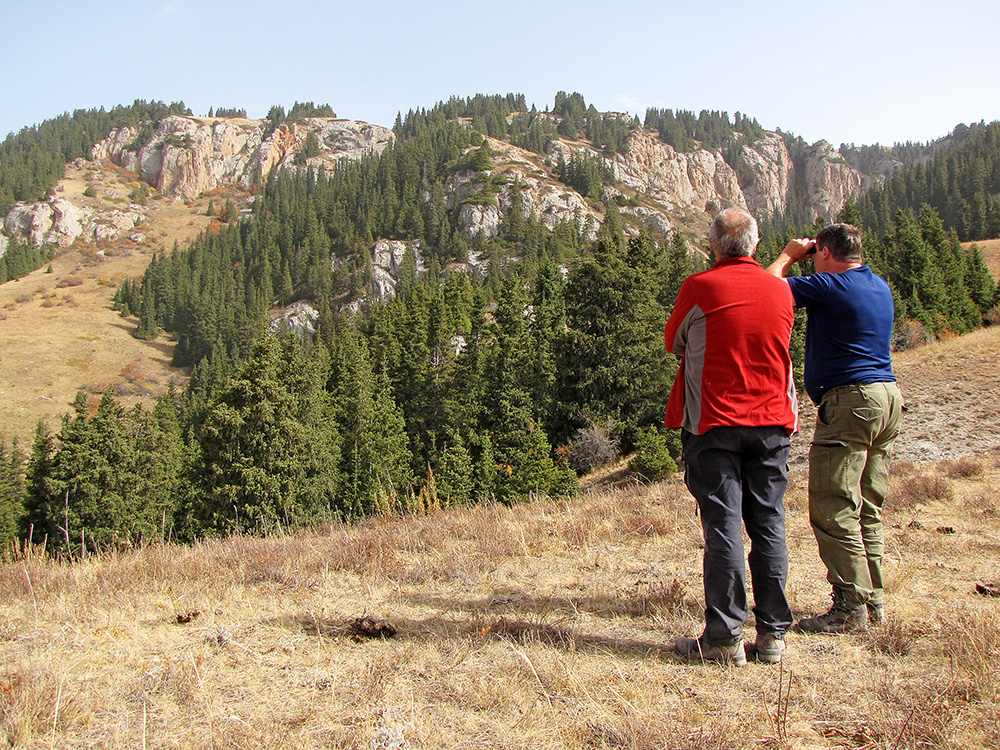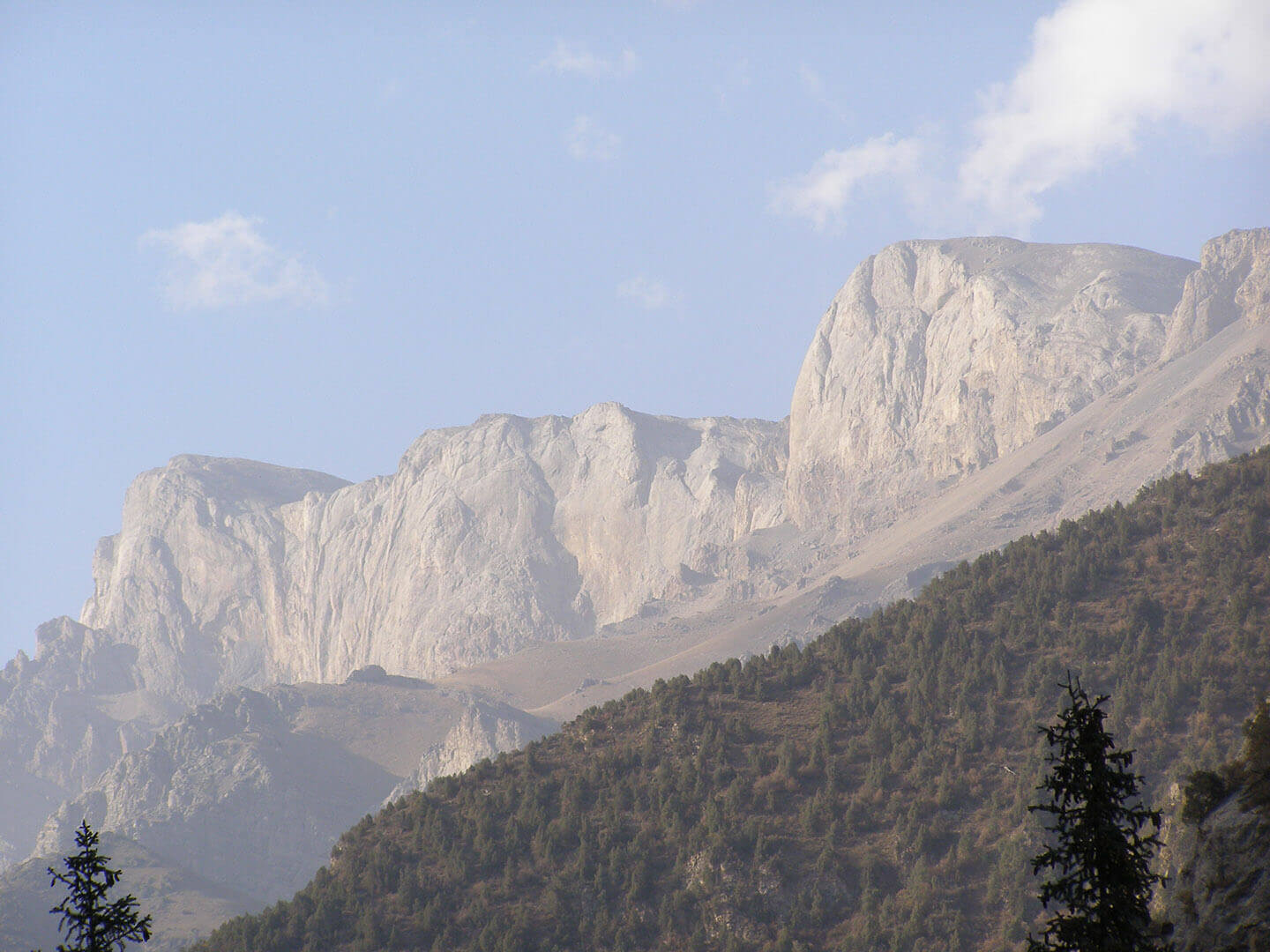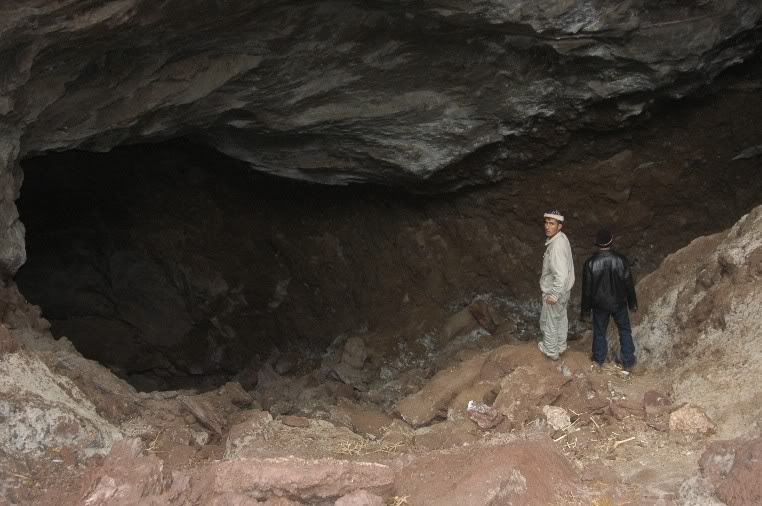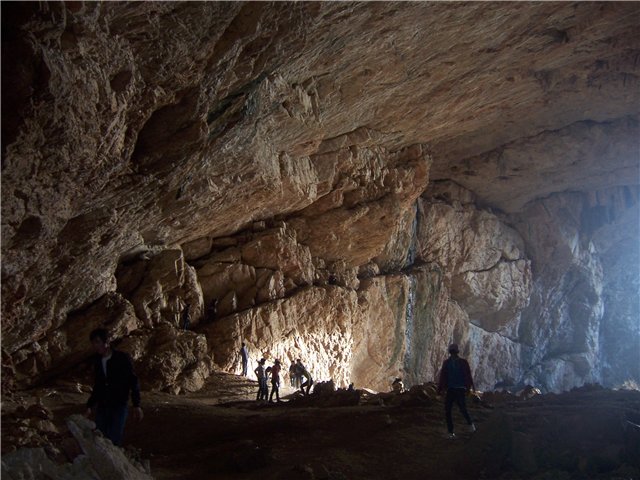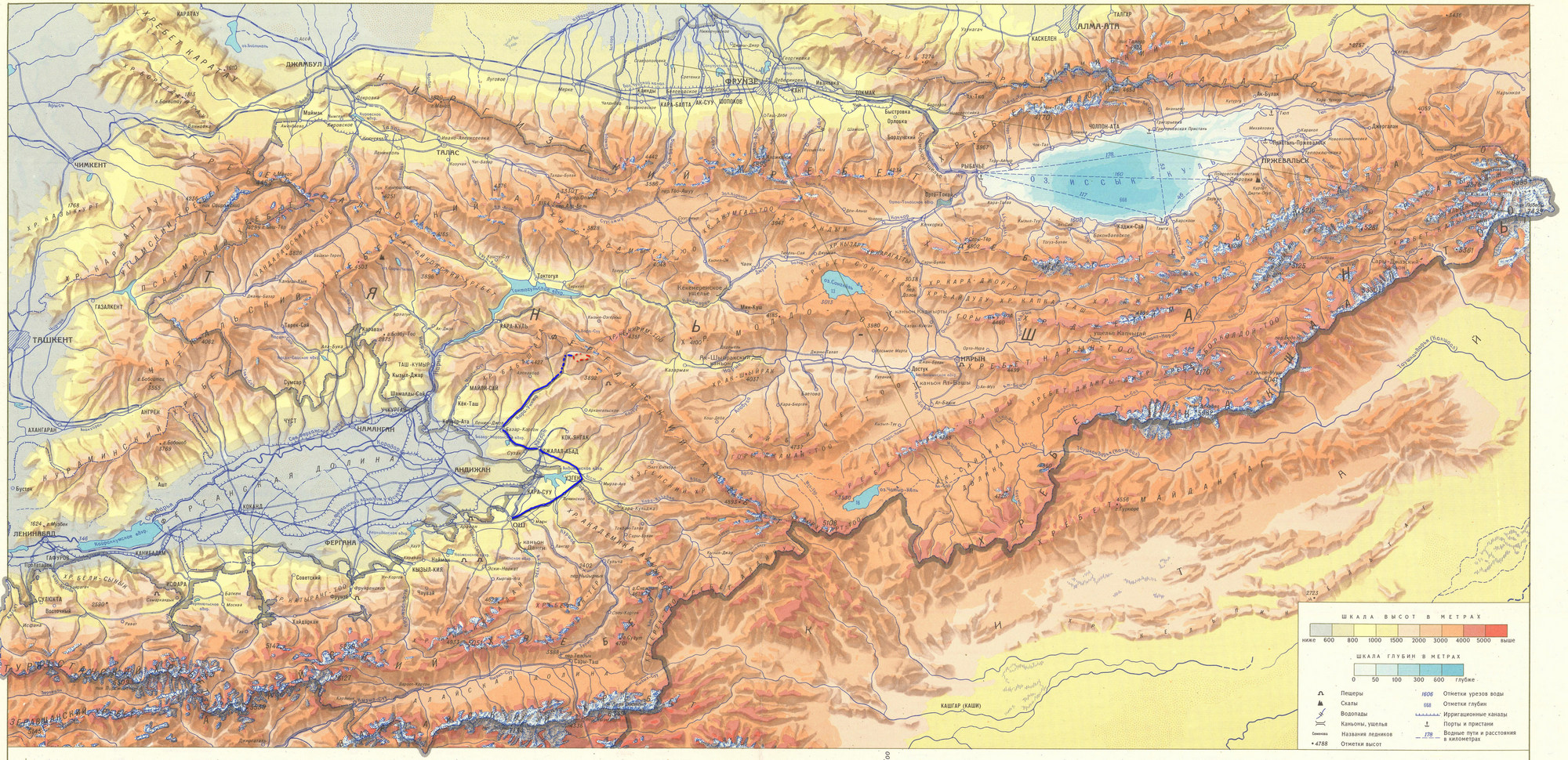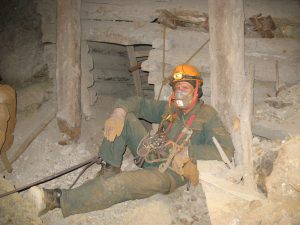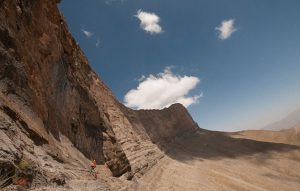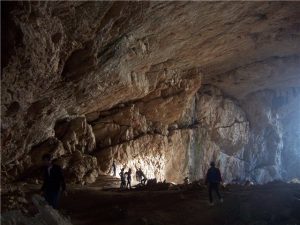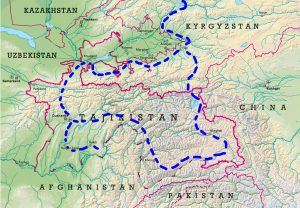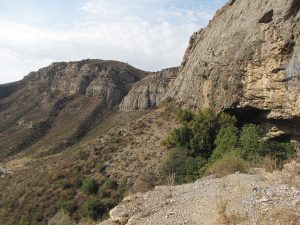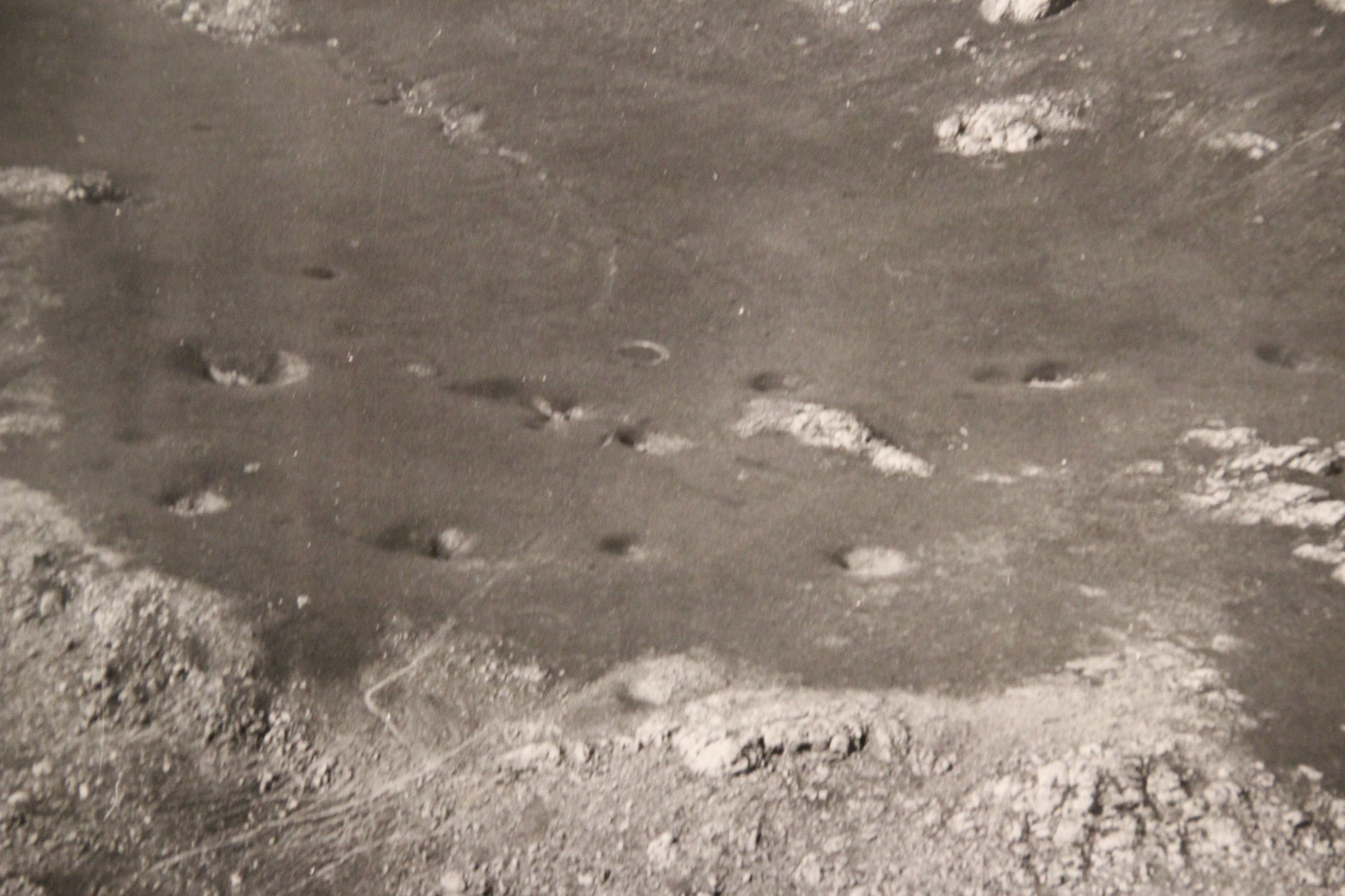
Expedition to the mysterious Kumysh plateau
We invite all interested speleologists to take part in an international speleological expedition to the Kumysh plateau. Speleo clubs, federations, associations and anyone with experience in speleo research can take part in the expedition.
In previous years, we planned to organize a speleological expedition to one of the most mysterious high-mountain karst regions of the Tien Shan, located at an altitude of 3100 m above sea level. However, we were never able to assemble a team of professional speleologists for this extreme expedition. This mysterious karst area is the Kumysh limestone plateau.
The first reconnaissance expedition to the Kumysh plateau was organized in 1989. A group of 5 Kyrgyz speleologists climbed the plateau over two days and discovered several sinkholes there. The diameter of the largest sinkhole is about 33-40 m. Only a few black and white photographs were taken during this expedition.
According to geologists, this karst area is very promising from the point of view of the development of karst processes and the formation of caves. The Kumysh plateau is located on the Fergana mountain range at an altitude of more than 3500 m, in the south of Kyrgyzstan.
Local residents talk about cave entrances and springs that are located in the gorges below the Kumysh Plateau, which is likely the local level of erosion.
The trail on the plateau runs along steep slopes overgrown with relict walnut forest. In order to lift caving equipment onto the plateau along steep slopes, we plan to use horses.
It is possible that sinkholes are a place of absorption of water that feeds springs in the lower part of the slopes. Ten sinkholes are located along two parallel tectonic faults. This can be seen in the photograph taken from a helicopter.
Factors of karst formation
In winter, the Kumysh plateau, like all the mountain slopes of the Fergana Range, is covered with a thick layer of snow. In summer, there are heavy rains here. In Kyrgyzstan, this area is the wettest. These conditions are good factors for the formation of caves here. The large amplitude of heights between the plateau and the erosion base (bottom of the gorge) indicates good circulation of groundwater in the limestone rocks. Perhaps some of the sinkholes could be the beginning of deep vertical caves.
The mountain range is composed of Devonian and Carboniferous limestones. The limestones are heavily fractured. A complex system of cracks ensures the circulation of groundwater throughout the entire thickness of the limestone strata.
Expedition plan:
We are planning a search and research speleological expedition in July 2024. Considering the complex landscape of the area and the large elevation of the plateau above the thalweg of the Kyzyl-Ungur valley, delivery of equipment to the plateau will take 2 days. On the first day, the group must get to the Kyzyl-Ungur valley (“Red Cave”) from Osh, where we will conduct a short acclimatization. On the second day, using local horses, we plan to climb the plateau.
During the ascent we will be accompanied by local guides, from whom we plan to rent horses. They can show us several grottoes, as well as springs with a large flow rate, which are possibly fed by funnels on the Kumysh plateau.
Before starting on the plateau, we plan to stop in one small village, where we can interview local hunters who also know about the entrances to unexplored caves. The local residents themselves are afraid to enter the caves and, as a rule, talk about the dangers that supposedly await the person who goes inside.
In this regard, we invite speleologists to take part in this interesting expedition to the mysterious Kumysh plateau, in the south of Kyrgyzstan.
Logistics
Speleologists and researchers from Europe or other countries can arrive at the airport in Osh, located in southern Kyrgyzstan. In Osh, it is planned to prepare equipment, food and consumables to deliver them to the Kumysh plateau.
Our organization can provide all the necessary equipment for the base camp on the plateau. These are tents, dishes and other equipment for a field camp. Our arsenal also includes an electric generator and large tents for the kitchen and dining area.
Those wishing to take part in the expedition can apply by email: info@speleo.kg or WhatsApp +996 553 9916663 and +996 554 991663
Expedition route, location of the karst region
The second option of the expedition route with arrival in Bishkek
